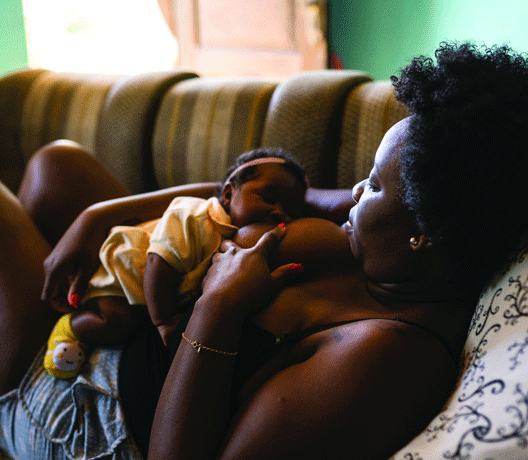
“Yup there are two in there.” That’s what I heard during my ultrasound — the tech verified what was the most shocking news I’d ever received. This was right after he began asking “So who has twins in the family?”
Worry mixed with extreme joy and of course the nausea from having double the morning sickness, swept over my body like a tidal wave. The first question I had was how will I juggle two babies? I had nursed my three-year-old son for 18 months so naturally I planned to breastfeed my second baby… but two babies? Could my body even hold two babies, let alone make enough milk for them?





